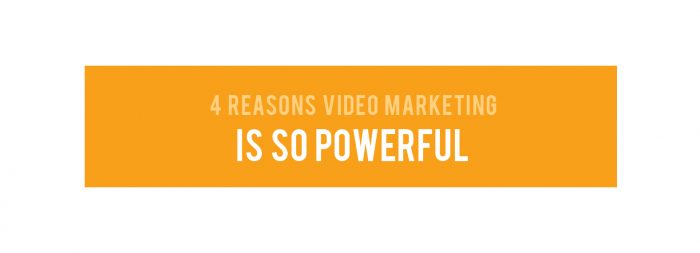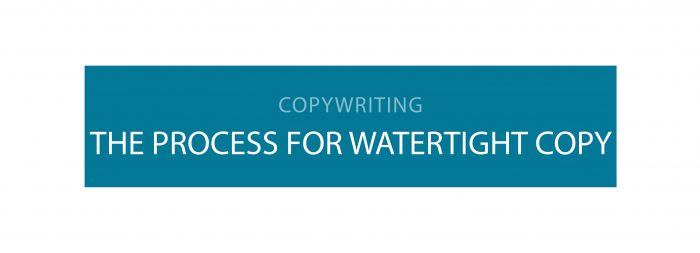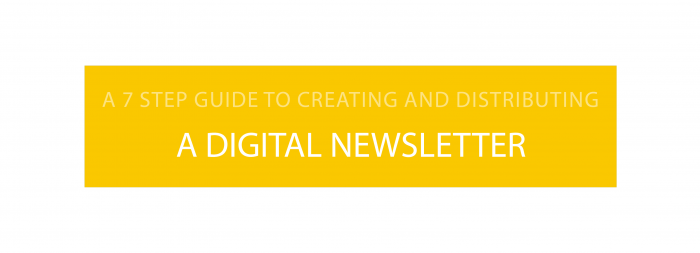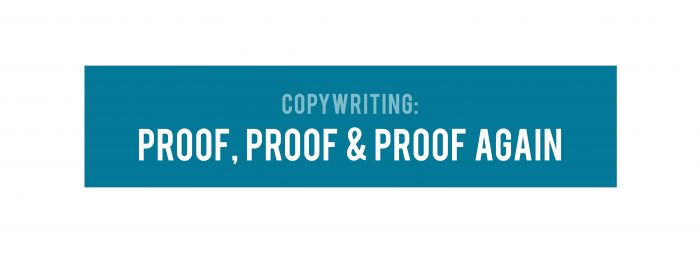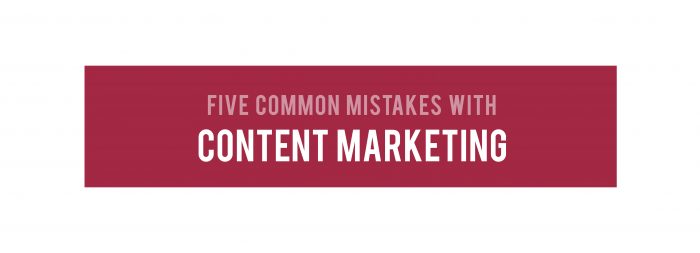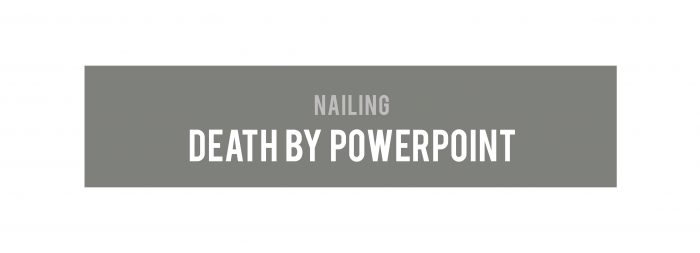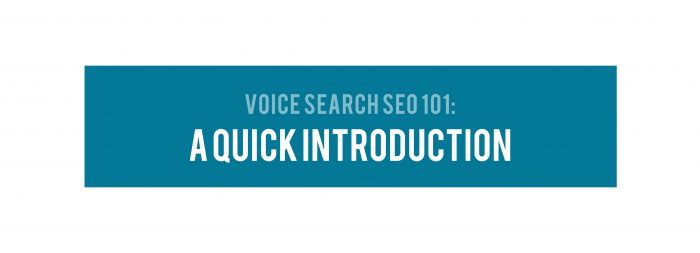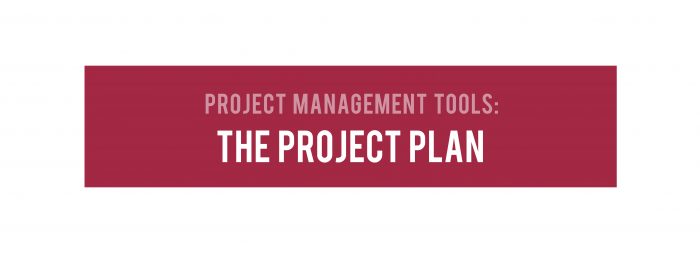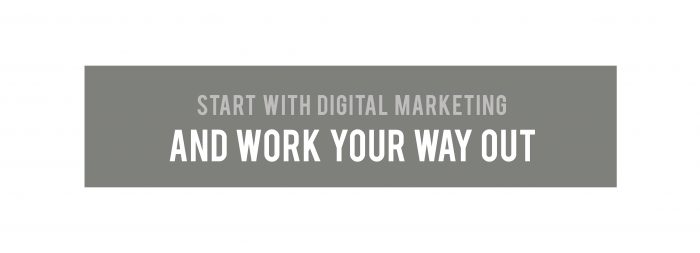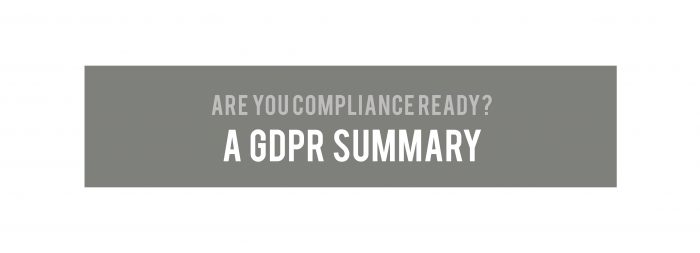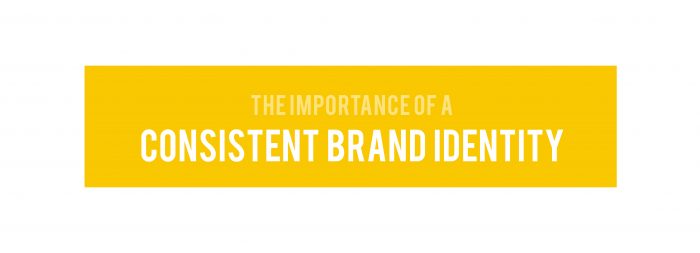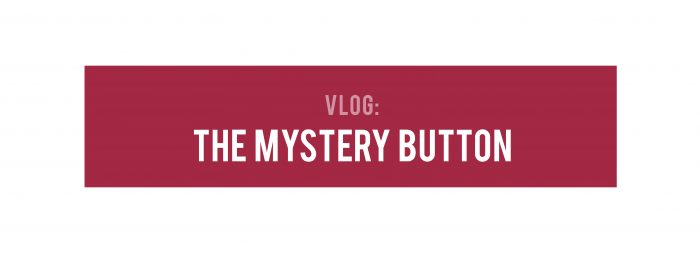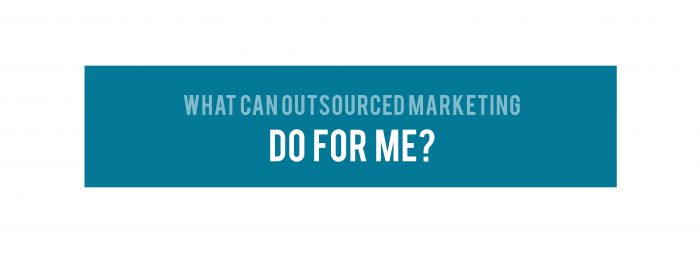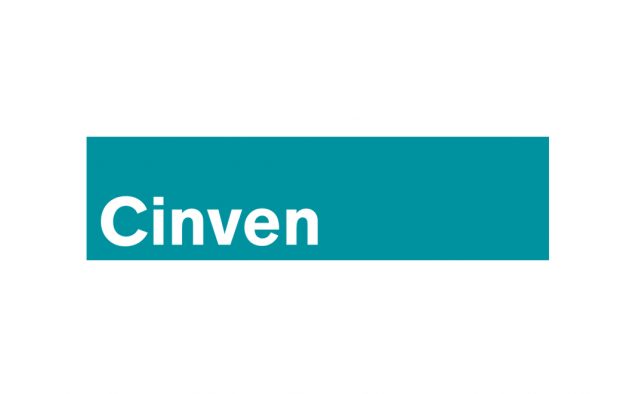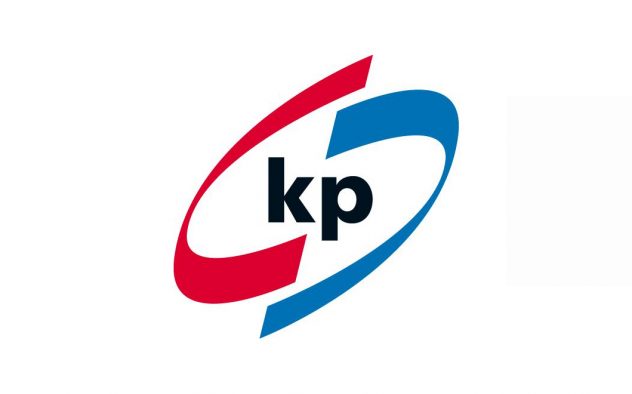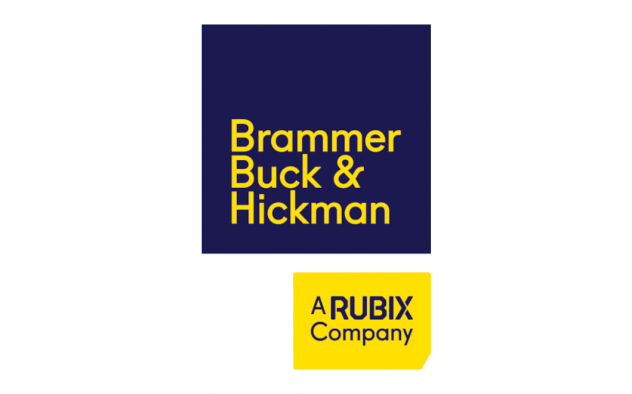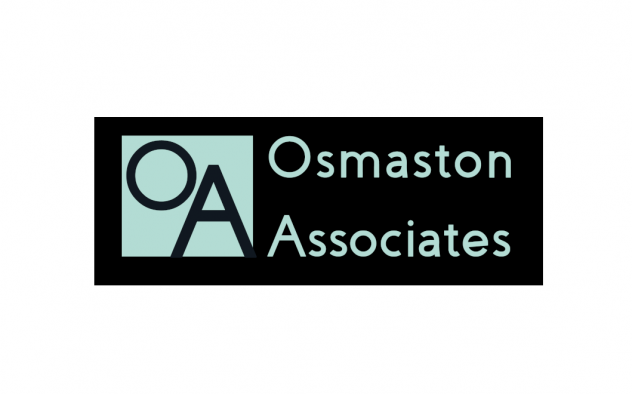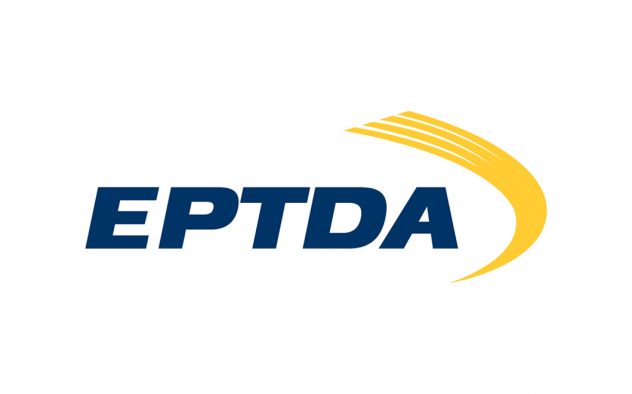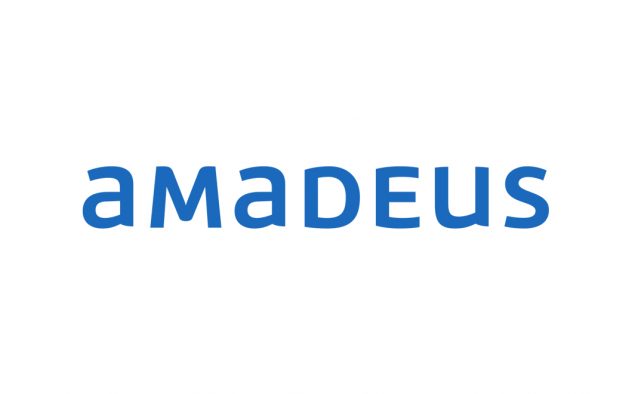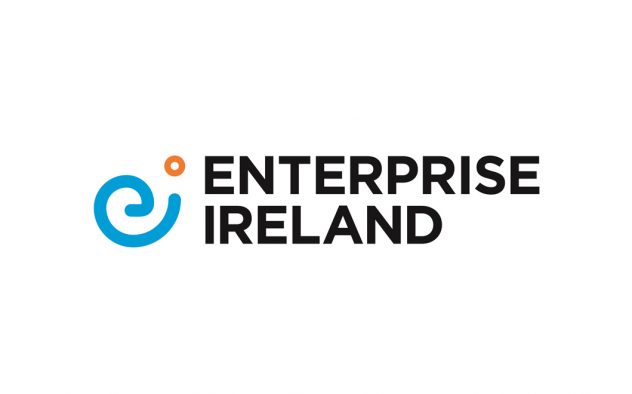February 2021 / 5 minute read
Checking your work is important. Like it or not, people judge us for the way we articulate subjects – they form an impression of us – whether as an individual, brand or organisation – negative or positive, from how we communicate in written form.
Writing always needs to be reviewed for style, content and most importantly execution.
Even those who think that the only thing they focus on is style and content are automatically judging you and trying to understand you based on your execution. It’s not shallow it’s automatic. If you or most importantly – your stakeholders and decision makers – notice any form of carelessness, especially if it’s in something as fundamental as spelling or text, they will inevitably begin to wonder where else they might find it.
For example, you might know the story of rock & roll legends Van Halen and the brown M&Ms. Van Halen would always specify in their contracts that a bowl of M&Ms be left backstage with all the brown ones removed. Talk about diva syndrome! However, it was actually their way of testing whether the people they were doing business with were meticulous enough to have followed all the safety checks to the letter. If the people they were trusting to make sure all the sets and stages were safe weren’t keen on details or fine-print, it spelled immediate danger for Van Halen. Many people see typos and spelling mistakes a lot like brown M&Ms, a sign that due diligence isn’t high on your agenda!
Details in a professional context are always important!
That’s not to say informal writing – like this blog post – can afford to be sloppy. But keep your audience in mind and the kind of impression you want to make when writing and checking your work. Imagine that each member of your audience is Van Halen, relentlessly hunting for a single brown M&M!
For now, an important warning – your closest friend the trusty spellchecker is not enough to prevent disaster. The kind of mistakes only thorough proofing will catch out, the spellchecker will completely miss (you can read our top 4 tips on proofing here). The spellcheck function doesn’t protect you from meaningless sentences, writing ‘four’ when you meant ‘for’, or even ‘you’re’ when you meant ‘your’.
Some (charlatans!) would argue that it doesn’t matter how you spell something, or how bad your grammar is. As long as the point gets across, who cares, right? Wrong (or in their case, rong). The way you convey something always matters, especially in marketing. Eloquence is a virtue. Not to mention the potential effect it can have on things like SEO! Very few people search for the ‘For Seasons Hotel’ (and those who do might find themselves somewhere very unexpected!).
Having said that, although us marketing types like to think that our work is art, engaging with people on the most fundamental of levels, let’s get real. Not everybody is going to read the articulate, carefully worded, beautifully crafted digital newsletter you sent them. But you want the people that do read it to engage with it on some level – and just because not everyone will read your content, that’s no excuse for being sloppy.
At NASA, a single missing hyphen in a calculation for trajectory and speed meant the Mariner 1 exploded at take-off, causing $80 million of damage.
But it’s not just about showing how thorough you are, it’s also about clarity and purpose. Verbose, mellifluous wordage is pretty, but not very effective for communicating with people who are in a hurry and need rapidly digestible content in the fast-paced digital context we now work in. Be smart! Getting the basics of grammar and spelling correct is crucial, because if you don’t, you open yourself up to misunderstandings. For example, maybe you’re making reference to ‘the customer experience’ in an email you’re writing – depending on how you punctuate the phrase, your words could be interpreted in a variety of ways:
‘The customer’s experience was great.’ One particular customer’s experience, which may not be representative of the general ‘customer experience’. You could even mean that this customer has broad experience generally if you use this punctuation
‘The customers’ experience was great.’ This would infer that every customer had a good experience. Great news, but if it’s not what you meant to say – you’re lying!
The customer experience was great.’ Now it’s a lot more impersonal. Now you’re talking about the nebulous concept of THE CUSTOMER EXPERIENCE rather than one particular customer or a group of customers. Which is probably what we were aiming for.
Sure it might seem like a tiny grammatical point, you might even think it’s a little pedantic. But the implications of using something as simple as an apostrophe correctly (and incorrectly) are huge. Such subtleties are what makes the difference between good and bad writing, and the more careful you are with these subtleties, the more effectively you’ll convey your message.
If you think you could benefit from the support of a team of people who understand the importance of being meticulous and getting it right, then we could be the ones to help ensure you dot the i’s and cross the t’s when you need to the most! Get in touch with our team here.


